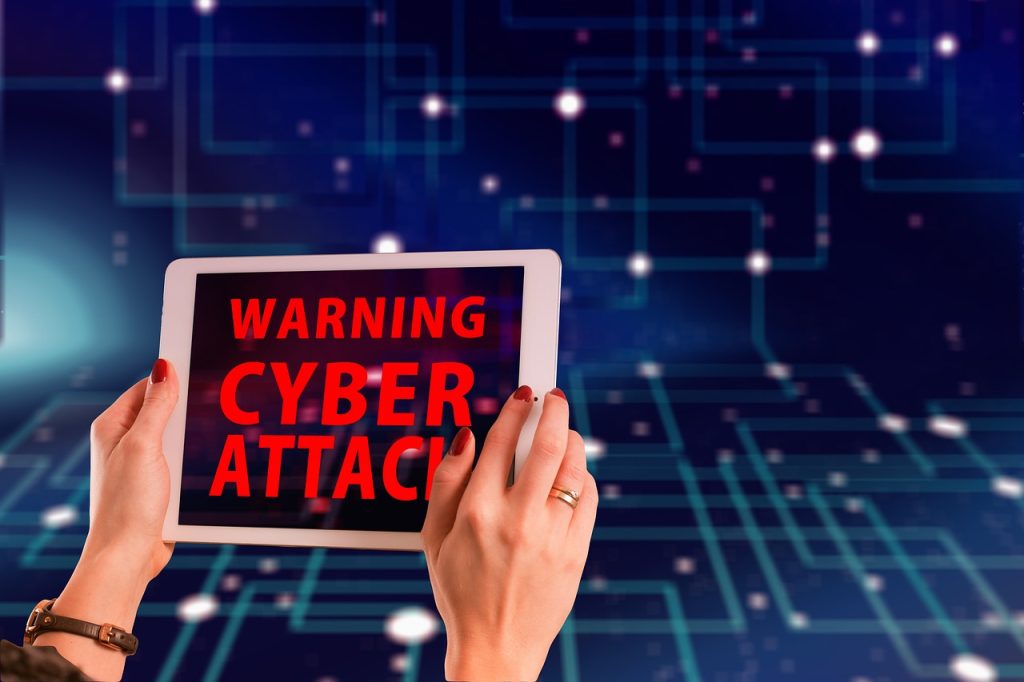
Ransomware attacks have become increasingly prevalent and sophisticated in recent years. These attacks involve hackers encrypting a victim’s files and demanding a ransom payment in exchange for the decryption key. If the ransom is not paid, the victim’s files may be lost or destroyed.
Ransomware attacks can target individuals, businesses, and even critical infrastructure. High-profile incidents have highlighted the devastating impact of these attacks, leading to increased focus on prevention, detection, and response strategies.
How Ransomware Attacks Work
Ransomware attacks typically begin with a phishing email or malicious link that, when clicked, infects the victim’s computer with malware. The malware then encrypts the victim’s files and displays a ransom note demanding payment in exchange for the decryption key.
The ransom amount typically ranges from a few hundred dollars to thousands of dollars. In some cases, the hackers may also threaten to release the victim’s files to the public if the ransom is not paid.
Preventing Ransomware Attacks
There are a number of steps that individuals and businesses can take to prevent ransomware attacks, including:
- Educating employees about phishing emails and malicious links.
- Keeping software up to date.
- Using strong passwords and two-factor authentication.
- Backing up files regularly.
Detecting and Responding to Ransomware Attacks
If a ransomware attack does occur, it is important to take steps to detect and respond to the attack as quickly as possible. Some steps that can be taken include:
- Isolating the infected computer.
- Reporting the attack to law enforcement.
- Attempting to decrypt the files using a decryption tool.
- Restoring the files from a backup.
Conclusion
Ransomware attacks are a growing threat, but there are a number of steps that individuals and businesses can take to protect themselves. By educating employees, keeping software up to date, using strong passwords and two-factor authentication, and backing up files regularly, organizations can help to reduce their risk of a ransomware attack.
In addition to the steps listed above, there are a number of other technologies and services that can be used to help prevent, detect, and respond to ransomware attacks. These include:
- Endpoint security solutions: These solutions can help to identify and block malicious files and links.
- SIEM (security information and event management) solutions: These solutions can help to collect and analyze security logs to detect suspicious activity.
- DRaaS (disaster recovery as a service) solutions: These solutions can help to back up and restore data in the event of a ransomware attack.
By using a combination of these technologies and services, organizations can help to improve their security posture and reduce their risk of a ransomware attack.
